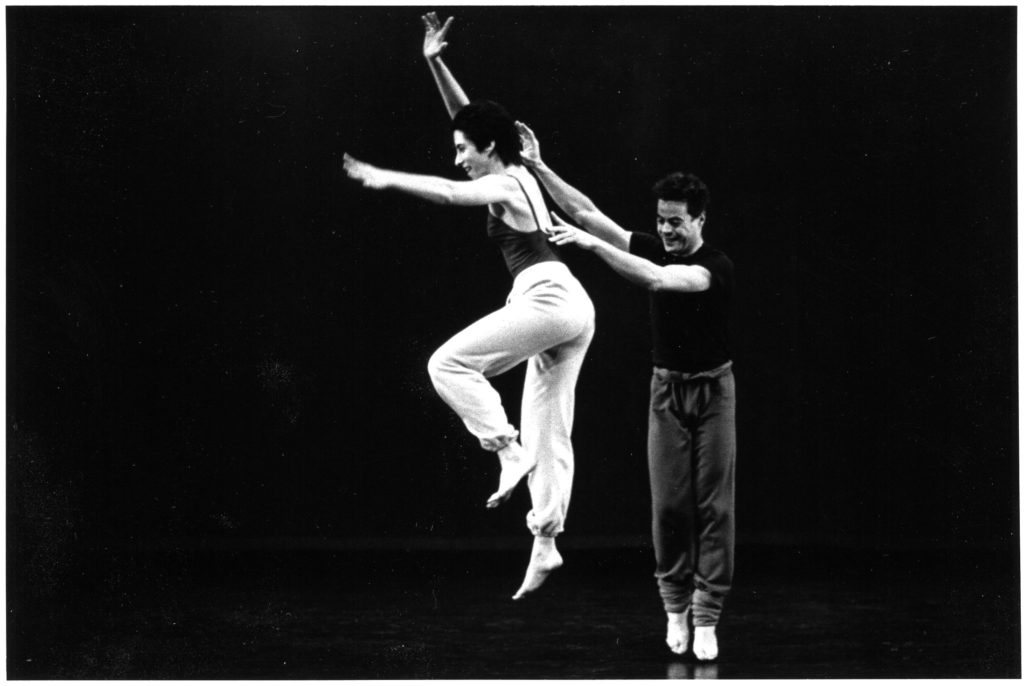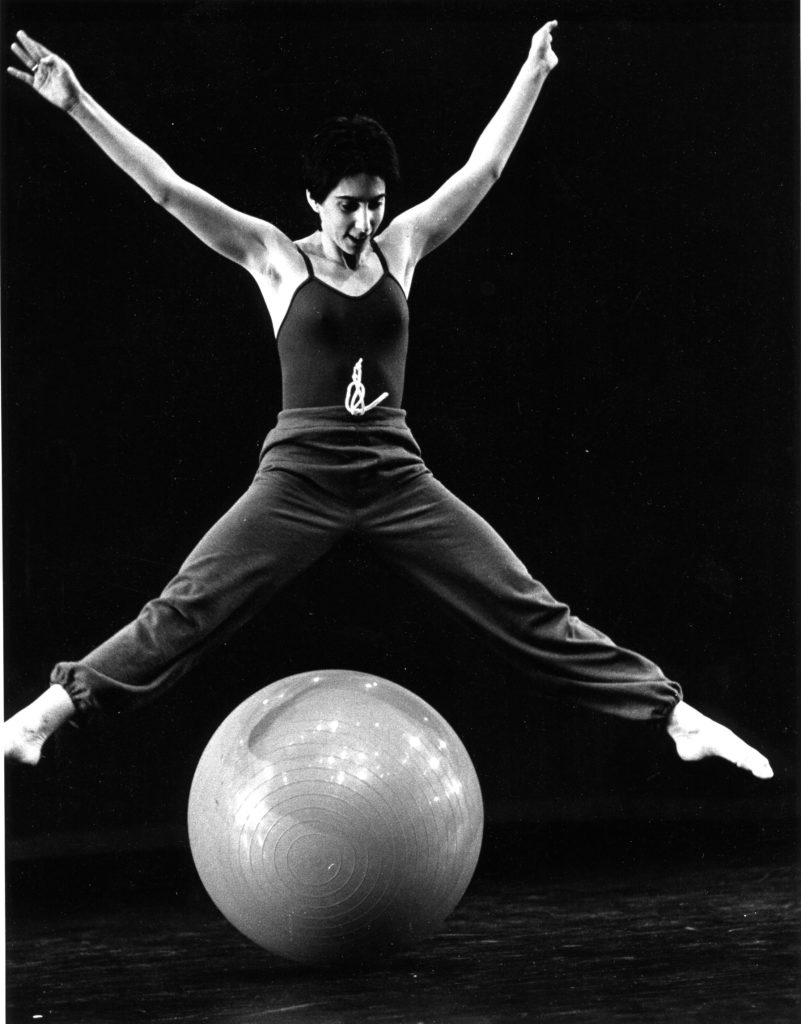Jano Cohen

LDHP: Describe what influenced your work, who did you influence. Did you work individually, collectively, collaboratively?JC: My choreography was most inspired and influenced by seeing or learning the work and innovations of Judson Theatre and other post modern choreographers and improvisers such as Judith Dunn, Steve Paxton, Yvonne Rainier, Barbara Dilley, Anna Halprin, and Trisha Brown. Dancing with Terry Fox, Tonio Guerra, Edrie Ferdun and other independent choreographers in Philadelphia also helped me continue to re-invent my choreographic process. ;I choreographed on my own, except that I often enlisted the creativity of the dancers, using their movement or improvisation and many times commissioned music to be made specifically for my dances. For two years I was a member of Seminole Works Dance Company and Coalition, putting on concerts together with the other 4 choreographers and dancing in works by John Gamble. I received a Continuum grant once to create a work collaboratively with writer Dennis Bass and Sculptor Roger Laib.
LDHP: Were there issues that you addressed in your work, socio-political atmosphere of the time, antiwar movement, nature/environmental, spiritual, other -“isms” activism, feminism.
JC: Over the 22 years I was choreographing, I made dances based on a large range of concepts, issues, images and processes. Some dances were set out of structured improvisations, others set to text or music. I made a dances commenting on how we live through war (“Between Wars”), experiencing an abortion (“High Wire”), sexual abuse (“In the Silence of Memory”) amusement parks (“Our Amusement Park”), the ocean (“Snow Falling on Waves”, how a woman is like a bird (“Womanbird”), how men treat women(“One and Four”), how our life is like living in a box {Dancing in a Box”), animals awake at night (“?”), waiting in a train station (“?), the hold materialism has on our lives (“Deity”) our fascination with TV (“5 dancers and 5 TV’s”).
LDHP: What of forms?
JC: Form? Trying to improvise and reach an audience on an emotional level, using whatever tools I had to work out any given choreographic notion. I was deeply influenced by Limon, Hawkins techniques – now largely defunct – and of course totally smitten by Wigman/Group Motion improv structures and concepts. I did quite a lot of Cunningham at college, and kept up my ballet training that was begun at MIss Yvonne’s. I was willing to do anything called dance, and love everything from belly dancing to well, everything. I currently focus on tap, study with a Zen master who is a tap wizard, and this makes me unbearably happy because it harbors no ambition and a future of dancing without injuries.
LDHP: What was going on at the time? The prevailing zeitgeist?
JC: At the time, we were still very linked with Judson Street developments, and Doug Dunn also had a major influence on my work. Presenting in real theaters was not a reality, so galleries, rehearsal studios, and the like was where we/I would perform. That was zeitgeist, for certain, as it opened up the dance to new neighborhoods. I think the zeitgeist held more promise, despite miserable working conditions, because so many small modern companies were surviving, doing interesting work, and the idea that eventually financial survival would result with artistic discipline and diligence was in part reality. that type of surviving middle-sized company (with 4-6 dancers) no longer exists on such a broad scale. Also, Young Audiences offered quite a bit work for serious artists in the high schools.
LDHP: What was going on at the time? The prevailing zeitgeist?
JC: At the time, we were still very linked with Judson Street developments, and Doug Dunn also had a major influence on my work. Presenting in real theaters was not a reality, so galleries, rehearsal studios, and the like was where we/I would perform. That was zeitgeist, for certain, as it opened up the dance to new neighborhoods. I think the zeitgeist held more promise, despite miserable working conditions, because so many small modern companies were surviving, doing interesting work, and the idea that eventually financial survival would result with artistic discipline and diligence was in part reality. that type of surviving middle-sized company (with 4-6 dancers) no longer exists on such a broad scale. Also, Young Audiences offered quite a bit work for serious artists in the high schools.

LDHP: What of the material question? Did you make a living as an artist?
JC: I never made a living as an artist. I did teach dance at Settlement Music School and for a while at Group Motion Studio, but I had to supplement this by practicing massage therapy and teaching the Alexander Technique. I was lucky to receive a few grants here and there: two PA Council on the Arts fellowships, two Independent Artists Project grants from the Community Education Center (CEC), one Continuum Project grant organized by Dance Conduit and one small performing grant from CEC.
